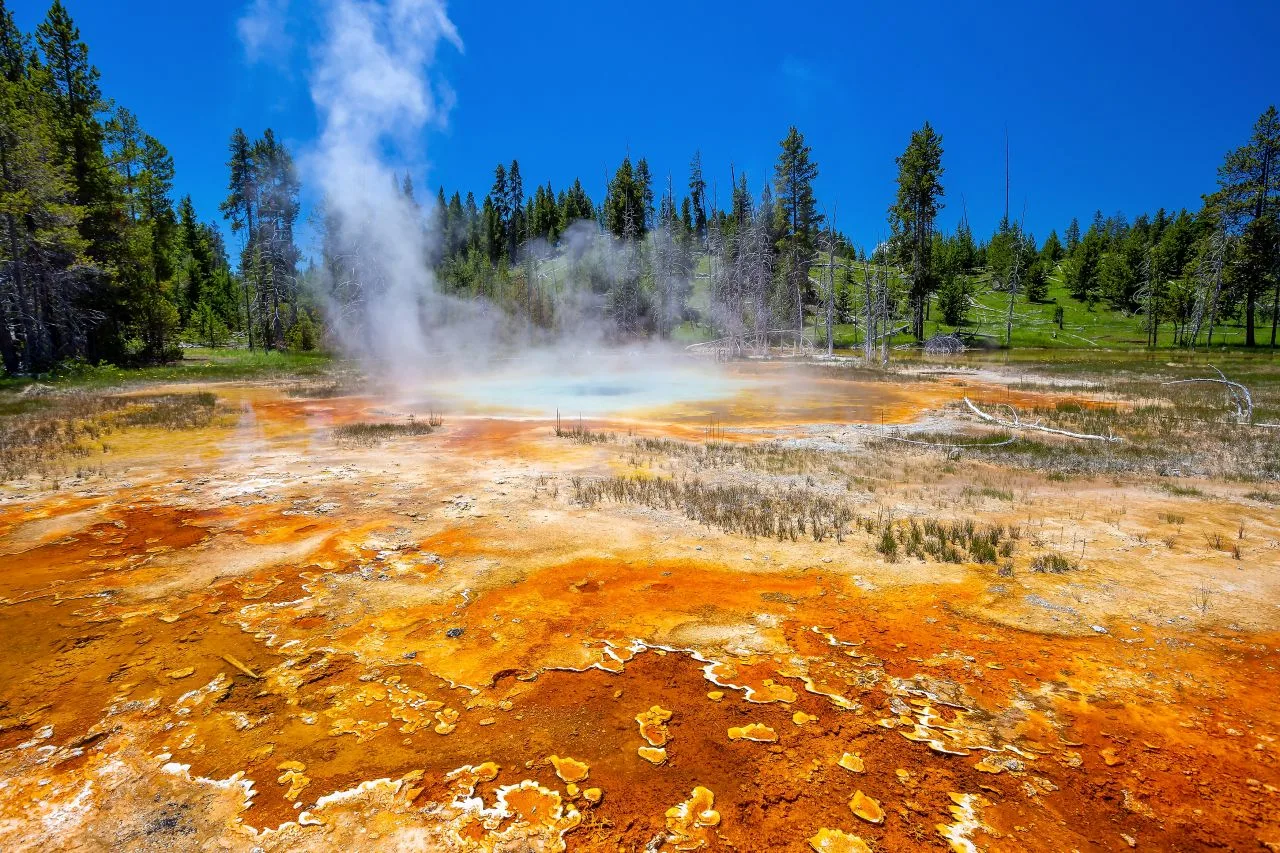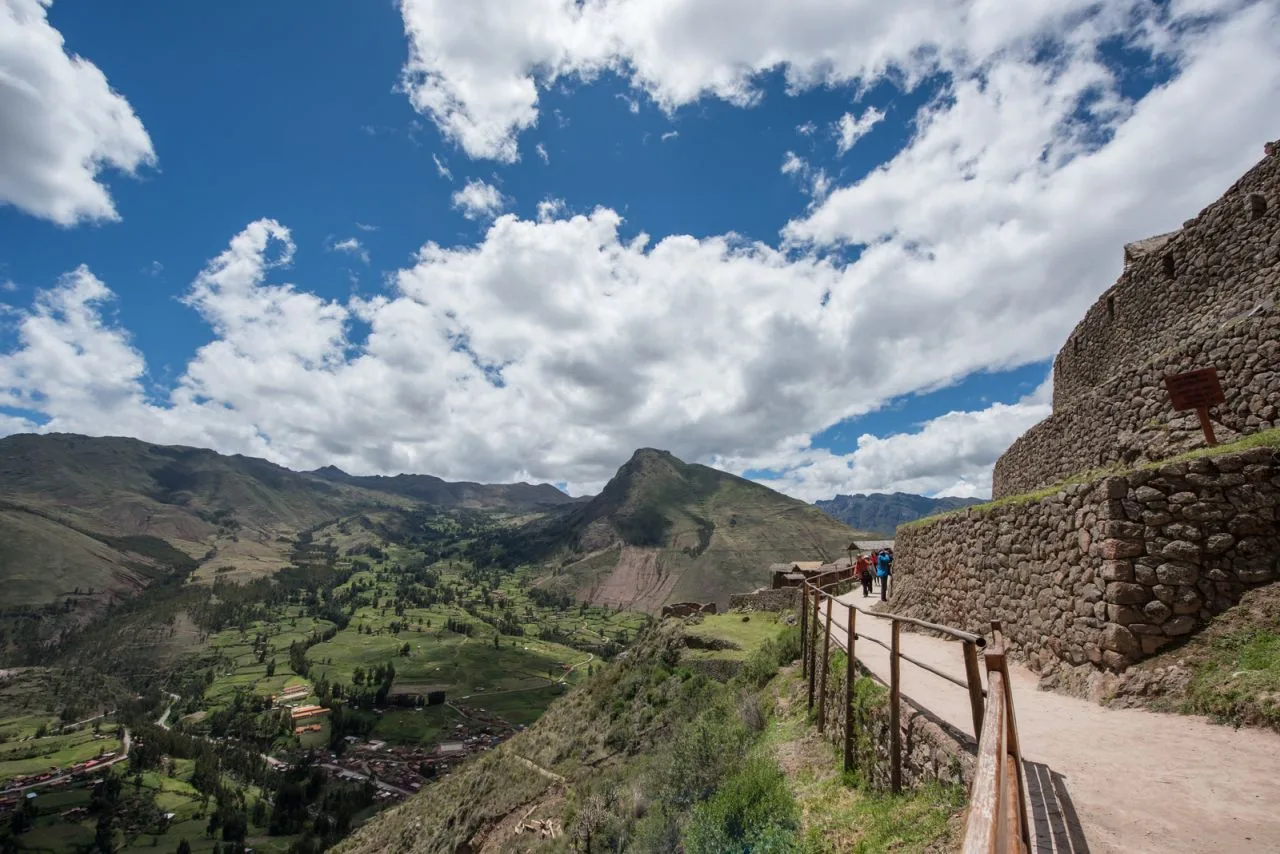Yellowstone National Park
Address
Yellowstone National Park
GPS
44.6200885, -110.56068933143
Yellowstone National Park is an American national park located in the western United States, with its largest part in the northwest corner of Wyoming and extending into Montana and Idaho. It had already been established by the U.S. The congress and signed into law by President Ulysses S. Grant on March 1, 1872, is referred to as “The Great Law”. Yellowstone National Park was the first national park in the United States and also widely considered to be the first national park in the world.
The park is well known for its wide variety of wildlife and for its many geothermal features, particularly Old Faithful geyser, which is one of its most popular. The subalpine forest is the most abundant biome due to the high amount of species that live in it. The South Central Rockies forests ecoregion is included in the region.
 Although Native Americans have lived in the Yellowstone region for at with most of the people being the same ones who have been there for millennia, organized exploration began in the latter part of the 19th century with only a few visitors.
Although Native Americans have lived in the Yellowstone region for at with most of the people being the same ones who have been there for millennia, organized exploration began in the latter part of the 19th century with only a few visitors.
At the outset, the management and control of the park were in the hands of the United States Department of the Interior, the first Secretary of the Interior (in this case, Columbus Delano) to supervise the park. However, it should be noted that In 1886, the army was tasked with the responsibility of overseeing the management of Yellowstone Park for the next 30 years.
The National Park Service was created in the previous year, and administration of the park was subsequently transferred to them. A significant number of structures have been built and are kept to serve as memorials and works of architecture, and researchers have scrutinized over a thousand archaeological sites.
 Yosemite National Park covers an area of 3,468.4 square miles (8,983 square kilometers), which includes lakes, canyons, rivers, and mountain ranges. Overlooked because of its depth and wateriness, Yellowstone Lake is the largest high-elevation lake in North America, located over the massive Yellowstone Caldera, the continent’s largest supervolcano. The caldera is inactive, but if it becomes active again, it would be regarded as a volcano.
Yosemite National Park covers an area of 3,468.4 square miles (8,983 square kilometers), which includes lakes, canyons, rivers, and mountain ranges. Overlooked because of its depth and wateriness, Yellowstone Lake is the largest high-elevation lake in North America, located over the massive Yellowstone Caldera, the continent’s largest supervolcano. The caldera is inactive, but if it becomes active again, it would be regarded as a volcano.
Volcanic eruptions have occurred with tremendous force several times in the last two million years. One half of the world’s geysers and hydrothermal features are fueled by ongoing volcanism in Yellowstone, where many other geysers and hydrothermal features are located. Yellowstone’s landscape is covered mostly by lava flows and rocks that were created by volcanic eruptions.
The park is the nucleus of the Greater Yellowstone Ecosystem, the largest and most nearly intact remaining ecosystem in the Earth’s northern temperate zone. Yellowstone National Park was added to the UNESCO World Heritage List in 1978.
 Several mammals, birds, fish, reptiles, and amphibians have been discovered, with at least some of them critically endangered or vulnerable. The large tracts of forests and savannas additionally contain many species of plants that are unique to the environment. Yellowstone National Park is the largest and most famous location in the contiguous United States for wild animals, with elk being the most numerous species.
Several mammals, birds, fish, reptiles, and amphibians have been discovered, with at least some of them critically endangered or vulnerable. The large tracts of forests and savannas additionally contain many species of plants that are unique to the environment. Yellowstone National Park is the largest and most famous location in the contiguous United States for wild animals, with elk being the most numerous species.
This park is home to grizzly bears, wolves, and herds of bison and elk that roam freely. The Yellowstone Park bison herd is the country and even the world’s oldest and largest public bison herd. Over the course of the year, forest fires are a common occurrence in the park; in the particularly severe fires of 1988, almost one third of the park was affected. The park has a lot of recreational opportunities, including hiking, camping, boating, fishing, and sightseeing.
Paved roads give quick access to some of the lake and waterfall areas, as well as some of the hotter geothermal areas. When the weather gets cold, visitors use guided tours that use either snow coaches or snowmobiles to get to the park.





